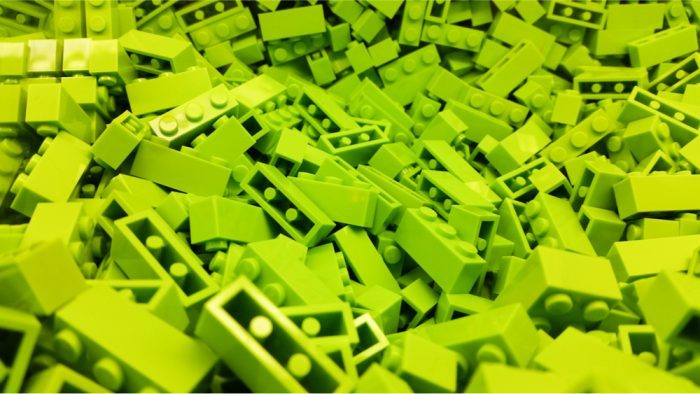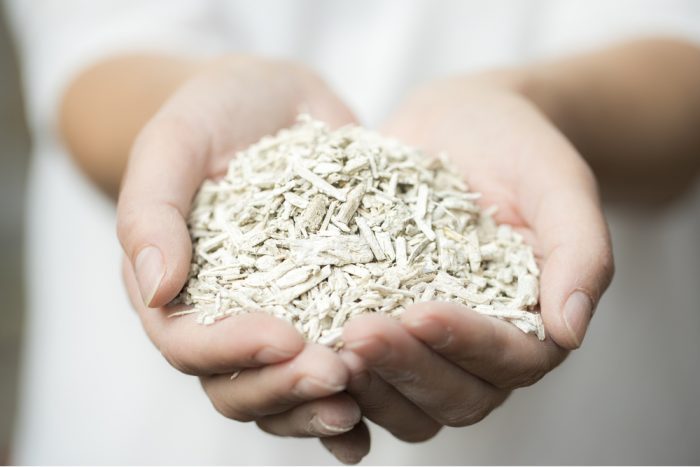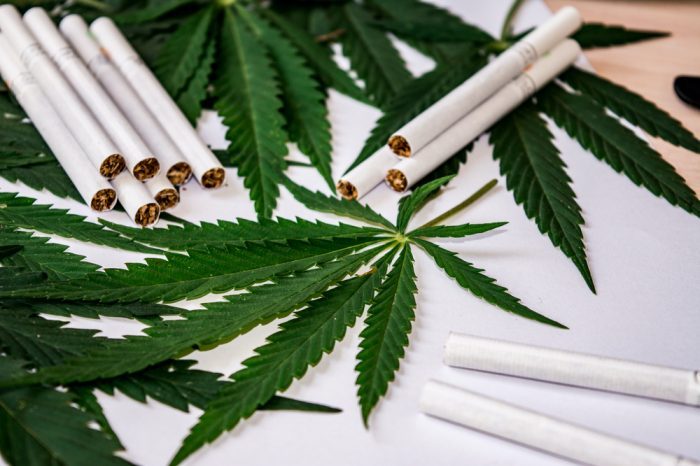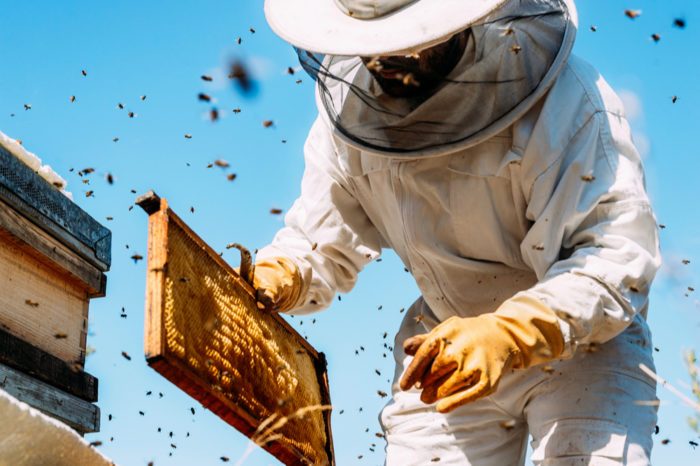LEGO are doing their part to reduce plastic by switching to hemp LEGO bricks.
LEGO bricks are currently made of acrylonitrile butadiene styrene, or plastic resin. Over the past few years, we’ve heard more and more every day about the contribution of plastics to climate change, and the executives at LEGO are listening. The company says it will move to more environmentally-friendly and cost-effective hemp plastic. You can expect to be playing with hemp LEGO bricks by 2030.

Lego has built most of its sixty-year company history on plastic toys. However, the Danish toy manufacturer is making it clear that they’re not afraid to leave that history behind for a better future.
The company will spend millions on their transition to hemp. However, they are confident they will be able to completely transition the annually produced sixty million plastic bricks entirely to hemp.
Hemp Technologies Solving Plastics Problem
Hemp is an extremely versatile and robust material usable in the manufacture of everything from hemp LEGO bricks to clothing to houses. There are many companies already working on developing better hemp technology.
Developers of hemp plastics explain that hemp is actually a perfect material for developing modern plastics due to its extremely high cellulose content.
Not only are hemp plastics non-toxic and pesticide-free, they also completely biodegrade within six months, compared to the half-life of petroleum-based plastic (ten to 1000 years, depending on the type of plastic). Hemp plastics are also lighter and stronger than their traditional counterparts.

Hempcrete – Hemp Based Concrete
Companies are already taking advantage of the suitability of hemp to create sustainable plastics. Australian company Zeoform is responsible for several advancements in biodegradable hemp technology. Their products come from plant cellulose and water. Zeoform hemp plastics are largely used in construction, but they are looking to expand into other fields and more countries. They even created a biodegradable surfboard, available on their website.
Cannabis giant Canopy Growth has a page on their site reporting the development of hemp plastics. The company is optimistic that hemp plastics will soon be present in everything from laptops and smartphones to construction and civil engineering.
The Cannabis Industry Needs to get on Board
One of the ironies of the cannabis industry is that, while it is sold as a new “green industry,” cannabis packaging is already significantly contributing to plastic pollution. The CEO of Puffin Farm, a Clean Green Certified cannabis producer near the Yakima River in Washington state, wrote to Bioplastics News about the issue. He says, “Cannabis packaging does have a huge plastic problem.”
Puffin Farm is trying to adopt some green packaging alternatives, like glass “doob tubes.” Unfortunately, many solutions like this are only available to high-end companies. Simple economics dictates that the vast majority of cannabis comes packaged in single-use plastic.
The answer seems obvious to Colorado-based startup, Sana Packaging. They are working to bring hemp plastic and reclaimed ocean plastic alternatives to the cannabis industry and beyond.
This is encouraging news, and the more companies like this that develop, the better. Unfortunately, for most cannabis companies, the problem is still the price point. Bioplastics still cannot make their products as cheap as traditional plastics. Although, the problem isn’t how expensive the materials are.
Co-founder of Sana Packaging explains, “(The cannabis industry) was growing so fast that the main thing people were concerned about with packaging was whether or not it was compliant with regulations. Those regulations were not centered around sustainability.”

Making Hemp Economically Competitive
American labor frequently drives up the price of bioplastics. Particularly for hemp plastics. However, uncertainty about regulations also makes companies shy away. This all changed with 2018’s Farm Bill, which federally legalized industrial hemp.
With federal regulations finally falling into place last year, the industrial hemp industry in the U.S. is still in its infancy. Regulators are still working out kinks in the system, such as marketing regulations and transportation between states. No doubt some companies are still holding off until the rollout of the Farm Bill is complete.
“Industrial hemp will likely go the route of most commodified crops,” says the CEO of c2renew. The company is another bioplastics company based in North Dakota. “As the market grows and builds, farmers will likely start to plant more acres and the market will start to go the route of commonly traded inputs.”
We hope that he is right. And, that the further growth and development of the infant hemp industry drives down the price. We need to make hemp plastics a viable alternative for everyone. Doing so would be an important step in reversing the effects of climate change and building a better future; perhaps one out of hemp Lego bricks.





